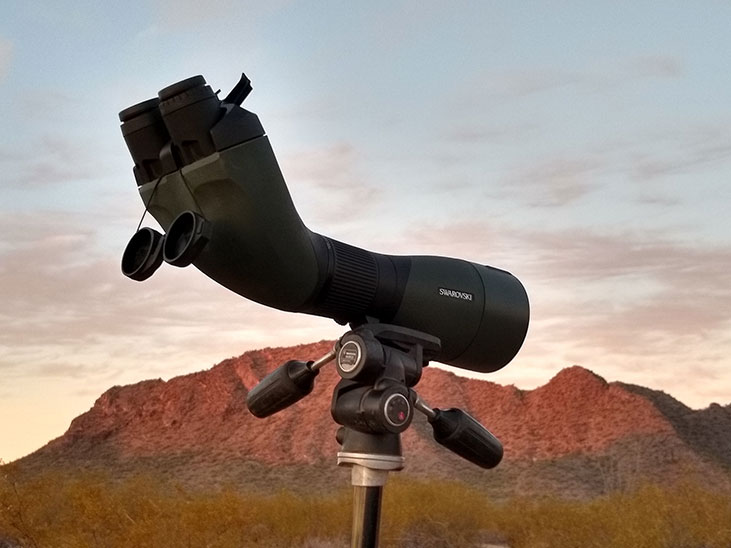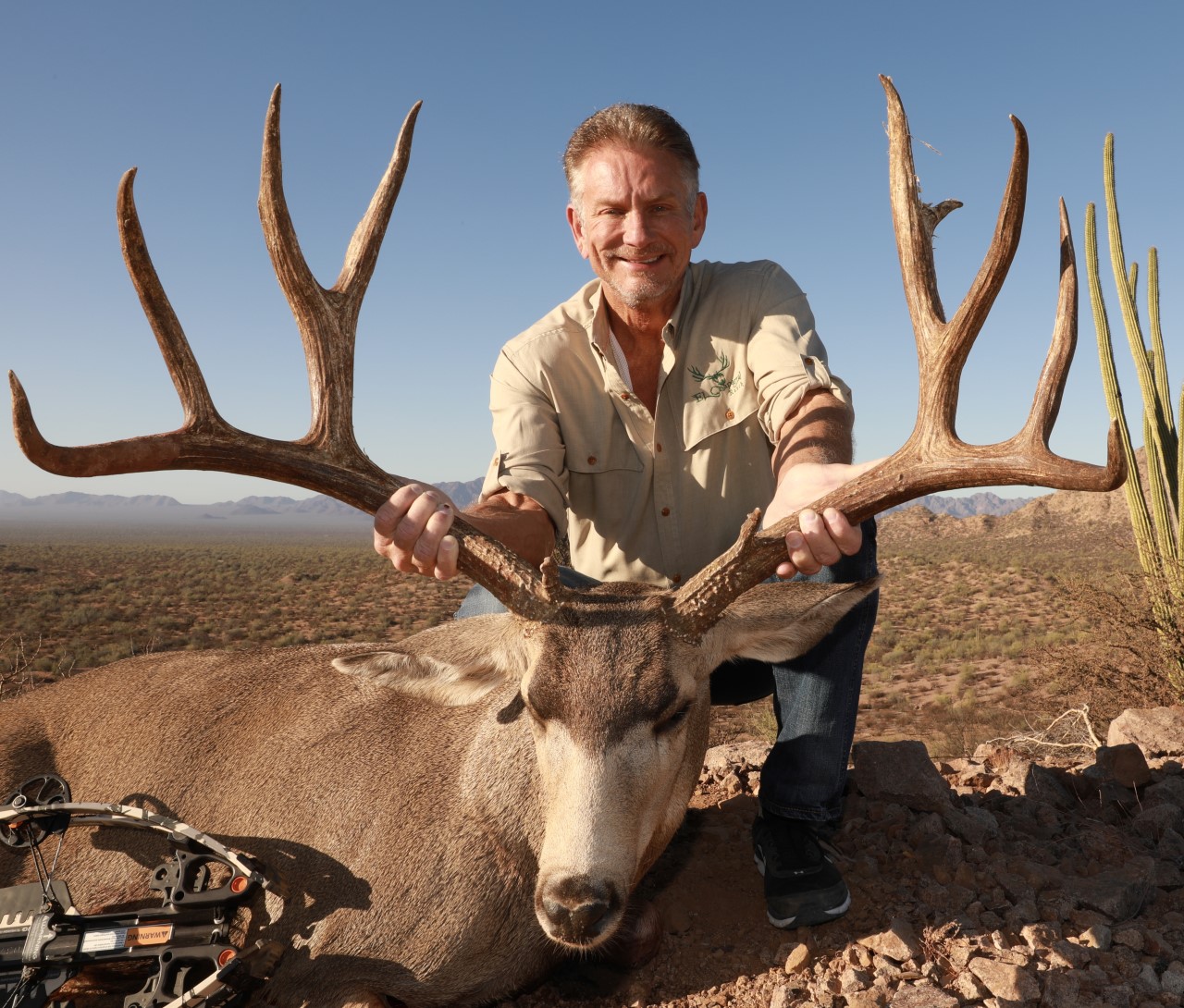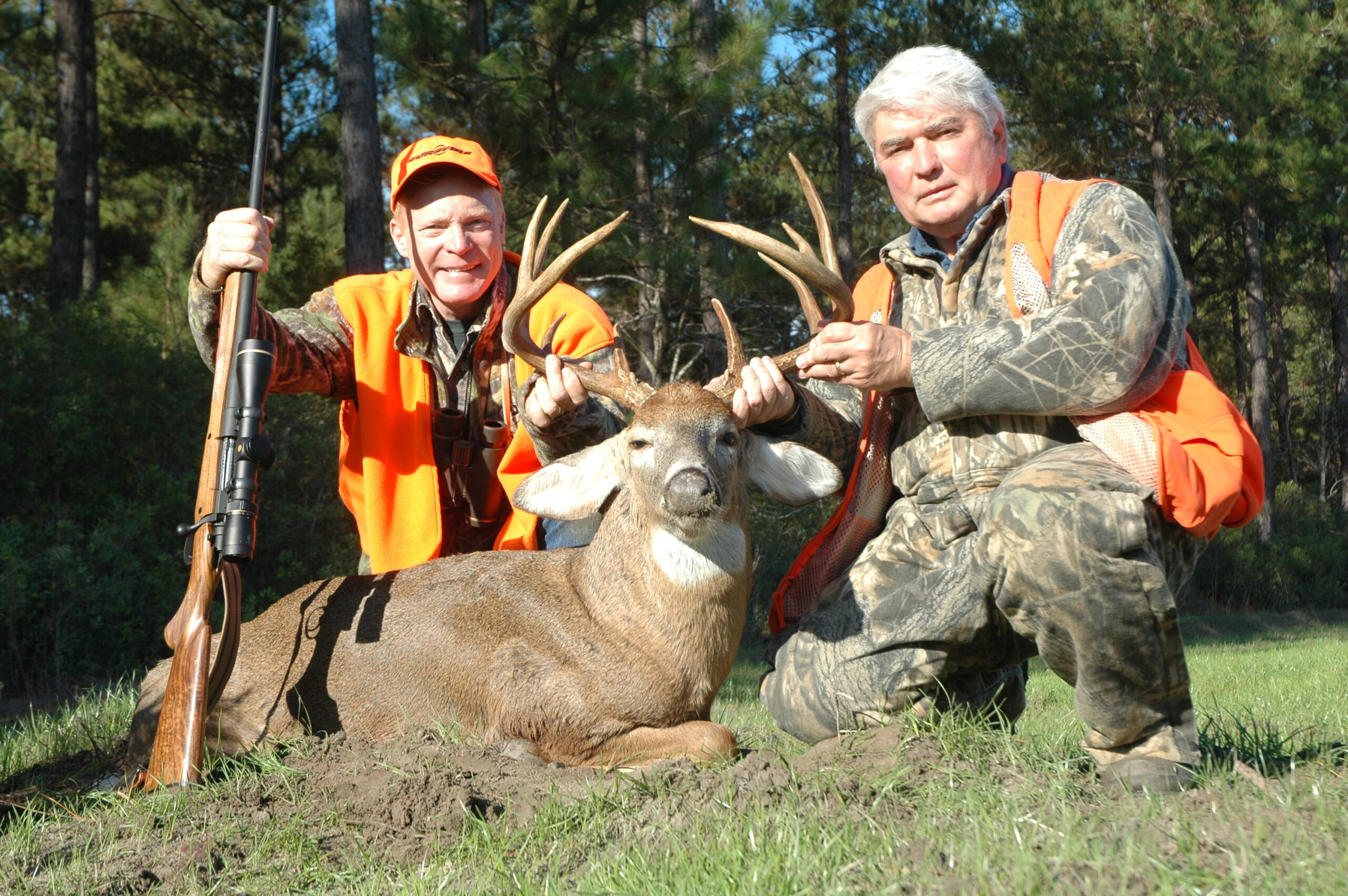Dave had a once-in-a-lifetime desert sheep tag: And he filled it with a little help from his family and friends.
(Editor’s note: Author Dave Mattausch is a member of one of southeastern Arizona’s most well-known family and extended family of hardcore hunters. They hunt for themselves and help other hunters, especially young and new hunters who can extend the hunting tradition far into the future. When they are not hunting, they are thinking about hunting, getting ready to hunt or returning from a hunt. This is a story of a family and friends effort that made the author’s lifelong dream come true.)
The sound of rams’ horns crashing and bashing into one another reverberated through the canyon. We strained our eyes, trying to locate the five trophy class rams in the battle royal going on below us.
They were right in the very bottom of the canyon, chocked full of car-sized boulders, mixed with heavy vegetation, thick ironwood, palo verde trees and cholla cactus.

It was the afternoon on the ninth day of my once-in-a-lifetime desert sheep hunt in the Silverbell Mountains of southeastern Arizona.
Initially, the rams were very close — so close that we could hear them grunting to one another, just a few hundred yards away. I was laying out prone over two backpacks that my brother Dan had set up for me as a dead steady rest.
My Brother Ben was videoing as Dan read out the range to our selected target. The rams had left the ewes for the day and were moving up, now headed out of the canyon to bed for the night.
Watching through the crosshairs, it was difficult for me to keep track of the ram. The rams were staying close together as they travelled, and because of the dense boulders and cactus, it wasn’t easy.
Three of the five rams were bigger than the other two, and close in size and age class. But I had my sight set on one in particular because it has been a 46-year dream of mine, applying for desert sheep, to shoot a ram that was old and with horns that tipped up and out.
The amount of younger age class rams in the Silverbells is amazing, and right now is the all-time high for sheep and especially ram numbers. We saw at least 50 shootable rams during the 60 days that we scouted before the season and during the hunt.
I was hoping for a special ram that would break the 180 mark, but that is an elusive goal in these mountains. After passing on ram after ram, I found the one that we were after — that would meet my requirements of old age and horn length.
I had passed on numerous rams that were great sheep, record book trophy rams. But we always try for age before score. Five of the six rams harvested during the 2020 sheep hunt made the record book, and over the last few years record book sheep out of this area are the rule, with almost all hunters harvesting rams of their dreams.
It took us a lot of time and encouragement to get the Arizona Game and Fish Department to authorize six tags for rams in the Silverbells, aka “Ironwood National Monument.” And we had the tags spread out, two tags each, over three hunts, to allow each hunter to have plenty of elbow room in the restricted area.

That area spans the Silverbells, Indian land and private property, including the expansive Silverbell mine that now inhibits some of the easy access that used to exist in these mountains.
But realize that there are easier mountains
to hunt in this unit, with gentler hills, some suited perfectly for the aging sportsman, with great road access.
As a family, we go back to 1979 hunting sheep in the Silverbells. My Uncle Don Mattausch harvested a ram, a family first for us, back then. At the time and for several years it was the mountain record.
We all got the sheep fever after Don’s ram and have hunted desert sheep hard, as a family, every year since. We also help lots of hunters lucky enough to draw the tag to kill a trophy of a lifetime.
We always concentrate on shooting the oldest ram out of a unit. The score takes care of itself after that.
Brother Ben killed a monster ram in the Silverbells in 1994. My Aunt Donna drew in 2015 and got a great ram, and we have had two cousins, the Stough family, who have taken rams out of the Silverbells.
The number of family and friends who came out to help me on my hunt was incredible, both for the scouting and the hunt.
Longtime family friends, the Morris family, were there. Mark Morris was beside me. He killed his ram in the Catalinas with a bow in 1990 — a desert ram that held the world’s record with archery gear for over a decade.
I chose the second hunt with the points I had. I have been applying for 46 years for desert bighorn, and I wanted to draw this year. The other hunter in my unit had 19 bonus points, and he shot his ram on the first day of the hunt, leaving the unit to us for the next 13 days with no other hunters to contend with.
We like to carry long-range rifles set up for an opportunity just like this. I was shooting a Mark V Weatherby Accumark, using factory .300 Weatherby magnum ammo: Weatherby Custom 165-grain Ballistic Tip ammo. Nothing but the best will work on a hunt of a lifetime.

And a flat-shooting, long-range rifle good to 500 yards and a little beyond is what works best. You need to be ready if you get a shot at maximum ranges, and you have to be certain of your shot.
I was setup and had no excuses if I missed. I shot over a hundred factory loads, practicing in the preseason for this chance.
A thought crossed my mind as I was readying for the shot. One of my best friends, Stan Skinner, former Editor of “Cartridges of the World;” and author and editor of the book “Shooters Bible Guide to Extreme Iron,” advised me: “Just remember this one thing, be sure of your aim when you squeeze off that shot.”
I admire Stan as being one of the best riflemen I have had the pleasure of being around. Stan went with me on one of my scouting trips.
Earlier in the day on that scouting trip, we glassed a canyon that was known to have held a big tom lion. We looked but didn’t see him. We did see a few herds of sheep, though, and a week later on the second day of the hunt observed the big tom along with his queen, chasing a herd with ewes and lambs off the ridge, down into the same canyon within a few hundred yards of us. Unfortunately, no shot opportunity presented itself on that day.
Then on the ninth day of the hunt, we were watching the rams steadily climbing, straight up and almost out to the top of the ridge. I didn’t have a clear shot until they got to a little bench just underneath the ridgeline.
In those few seconds the window of opportunity presented itself. My ram stopped broadside, slightly angling to the right. Ben was talking to me, making sure that I was on the right ram.
I held the crosshairs steady behind the shoulder, a little back to allow for the wind. At the recoil from the shot, I lost sight of the ram, but

I did hear the bullet hit.
Then my twin Brother Dan jumped on me with a bear hug, so I knew that the ram was hit well, and he was down. Because of the cliffs and the thick cholla cactus, we couldn’t see him after he slid into a crevice.
We waited in silence for a time and then heard the ram do his death roll. The hunt of my life was over. I had 17 family members and friends join me on the side of the mountain for pictures and to help pack out.
We brought the ram off whole, with the help of some of the younger members of the crew and got him skinned out for a life-sized mount. The 10.5-year-old ram was 36″x37″ with 15 7/8″ bases. Score is right around the 178 SCI mark.
My main tool on this hunt, and the secret to our success, was the Swarovski BTX Binoculars. This optics system is the best ever and nothing like it in this class. I was one of the first to get these.
I recognized just what kind of tool this optics system is for the Western hunter. I have been blessed to be able to use these for over three years now, and they are incredible.
The BTX are the best binoculars I have ever used, and I have been using big binoculars on
tripods since the early 1980s, starting with the classic 15×60 Zeiss. For hunting in the west, there are not any optics that are readily available to the general public that have the incredible ability like the Swarovski BTX for spotting Coues whitetail deer and desert sheep.
Frankly, we spared nothing on this hunt, since we knew it would be the only chance I would have to take a desert sheep in Arizona.

That’s why we used the best optics to find the sheep and the best rifle/cartridge combination to bag the sheep. And the proof was in the pudding, so to speak: We successfully bagged a record book quality desert sheep – my lifelong dream and now a part of our family history.–Dave Mattausch




